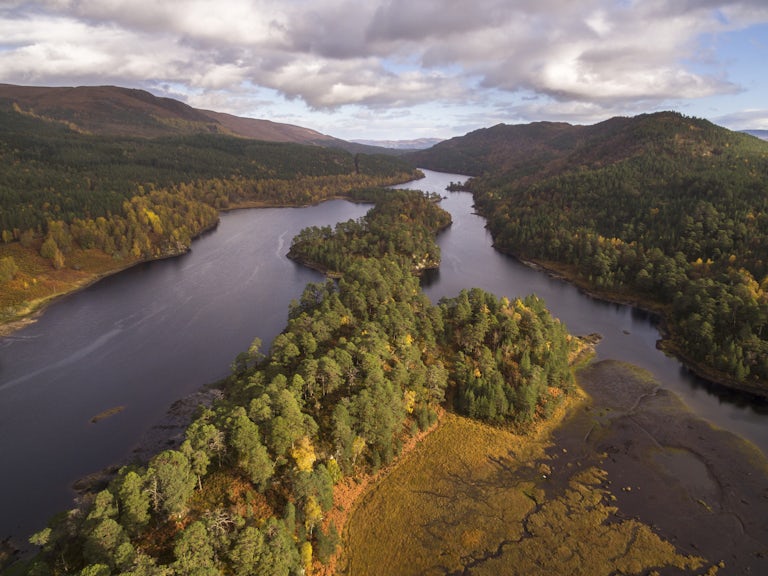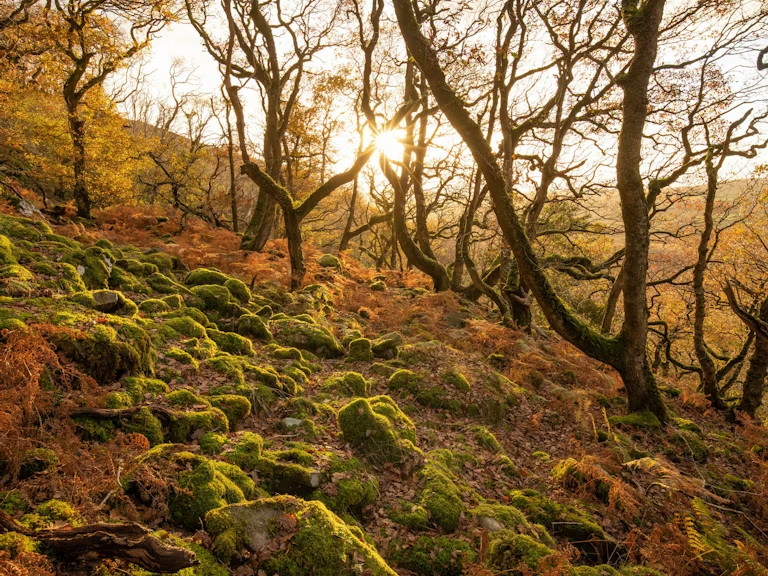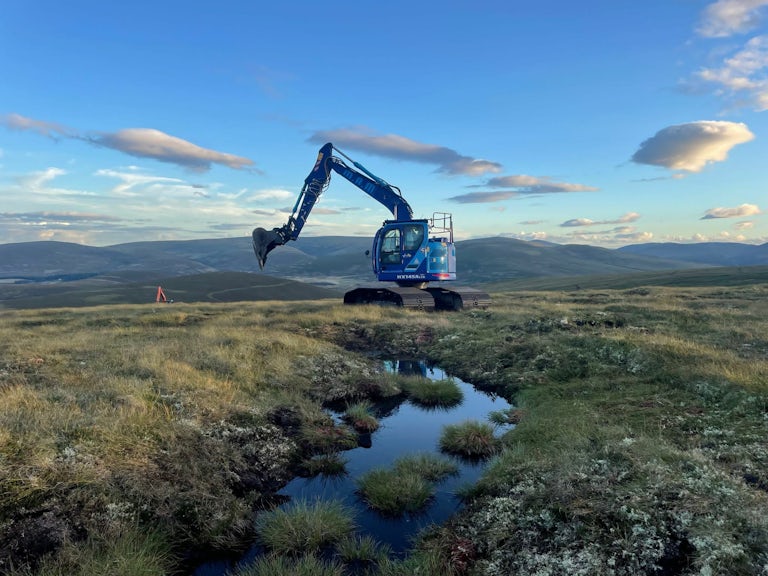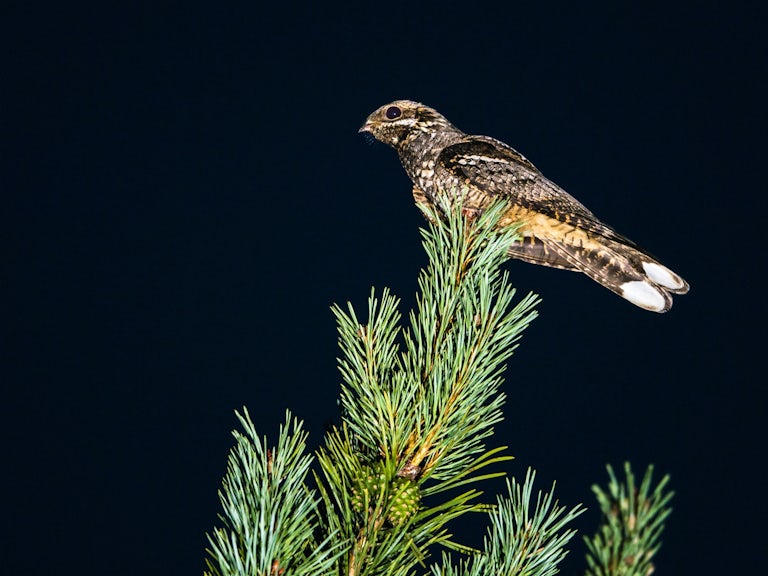Rewilding and the climate emergency
Nature is our best ally in the fight against climate change. Find out how rewilding can help fix the climate crisis.
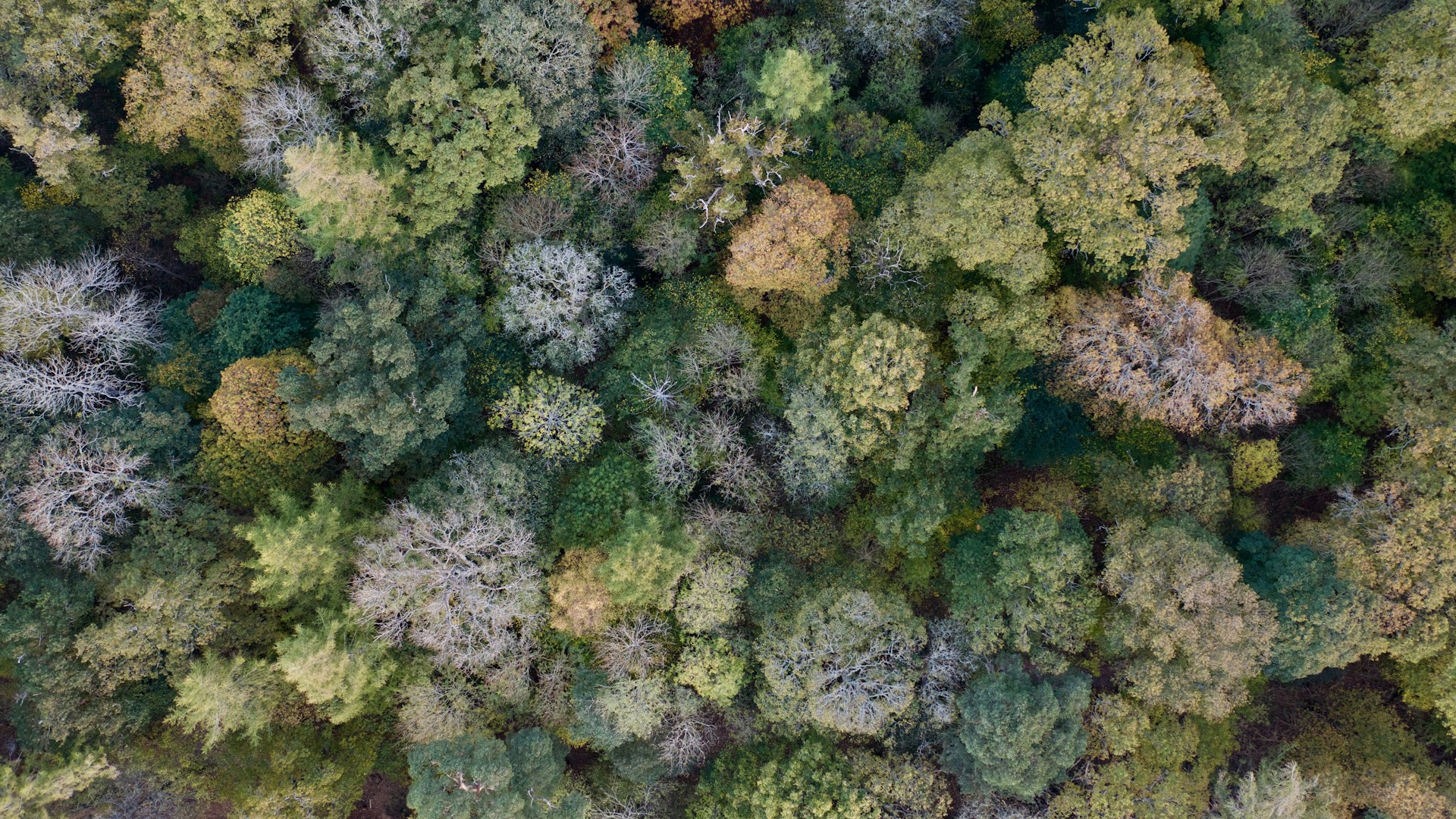
12%
of the UK’s greenhouse gas emissions could be captured by restoring landscapes over 30% of Britain
Nature is our best ally in the fight against climate change. Find out how rewilding can help fix the climate crisis.
With floods, wildfires and other extreme weather becoming a disturbingly common story in the news it’s clear that we are starting to see the effects of too much carbon dioxide in the atmosphere.
To tackle the climate emergency, it’s vital that we reduce greenhouse gas emissions to near-zero at breakneck speed. But to reach ‘net zero’ emissions we also need to mop up the excess carbon that we’ve already put into the atmosphere and store it safely, so that it can’t heat up the planet.
There’s much talk of techno-fixes for reaching ‘net zero’ emissions – using machines to trap carbon and inject it into rocks or old oil wells. Yet there is a safer, better way; one that’s been tried and tested for millions of years. It’s nature which is, in fact, our best ally in the fight against climate change.
Trees, peatlands, saltmarshes and other ecosystems are already perfectly adapted to soak carbon dioxide and store it. Individual species – by helping keep a balance within their ecosystems – can also play a vital role in the process.
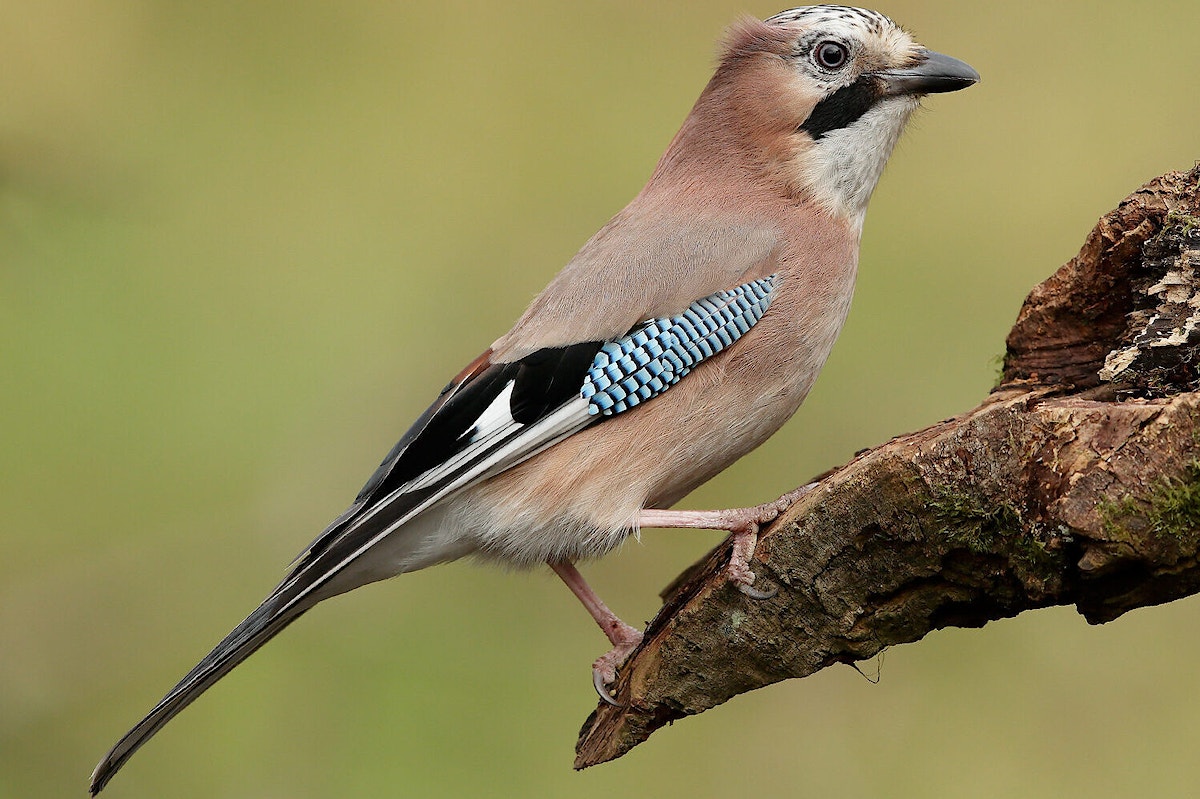
That’s exactly why rewilding is a key solution in the fight against climate breakdown. Rewilding seeks to reinstate natural processes and – where appropriate – missing species, allowing them to shape the landscape and the habitats within.
But we do need to let nature take the driving seat. Rewilding is the large-scale restoration of ecosystems to the point where nature is allowed to take care of itself. While there is certainly a role for planting trees and, on occasion, intervening to restore ecosystems, if we step back, nature can actually do a lot to heal itself – and the planet.
Five ways rewilding can help address climate breakdown
1. Rewilding our land pulls carbon out of the air and stores it in trees, peat and other habitats
We hear a lot these days about planting trees to help solve climate change, but the process of natural regeneration – letting trees self-seed – is almost always a better way to create healthy, natural woodlands. Protecting land from overgrazing can lead to trees and scrub bouncing back surprisingly fast. Read more in our Reforesting Britain report.
Similarly, the way that many of our peatlands are currently managed leaves them dry and damaged, and leaking millions of tonnes of carbon into the atmosphere annually. Re-wetting these peatlands to their natural state would allow natural processes to function properly again, turning them from a carbon source to a net carbon sink.
We calculate in our Rewilding and Climate Breakdown report that restoring and protecting native woodland, peatlands, heaths and species-rich grasslands over seven million hectares of Britain (30% of our land) could capture and store 53 million tonnes of carbon dioxide per year. That’s more than 12% of current UK greenhouse gas emissions.
2. Rewilding our seas locks up carbon and stores it in marine habitats
Protecting and rewilding our seas is vital to allow marine wildlife to thrive – and it’s also a crucial tool in the fight against climate breakdown. Carbon is stored in marine and coastal ecosystems such as seabed sediments, mangroves, saltmarshes, seagrass, shellfish and kelp. It’s known as ‘blue carbon’.
Globally, the rewilding of these key blue carbon-sequestering ecosystems could deliver carbon dioxide mitigation amounting to 1.83 billion tonnes – outlined in our Blue Carbon report, produced jointly with the Marine Conservation Society.
Yet in UK waters, destructive bottom-trawling and dredging is disturbing sea sediments, risking the release of millions of tonnes of carbon. We need to properly protect at least 30% of UK seas, allowing them to heal and rewild.
3. Reintroducing missing species can help with carbon storage
Much of the discussion around ‘nature-based solutions’ to the climate crisis focuses on restoring habitats. But the crucial role that wildlife plays within those habitats in drawing down carbon from the atmosphere is often overlooked.
For example, did you know that, in the Pacific, sea otters are helping fight climate change? By eating sea urchins and keeping their population under control, they protect the giant underwater kelp forests that sea urchins feed on. The kelp, in turn, is a huge carbon store.
Or take the famous example of reintroducing wolves to Yellowstone Park in the USA, which led to a reduction in deer browsing, allowing forests to return – so dragging down carbon out of the atmosphere.
Animals like these are sometimes called ‘keystone species’, and the outsize impact they have on an ecosystem is known as a ‘trophic cascade’. (Learn more about this in our online guide.) The role that some species play in helping lock up carbon has been described by some scientists as ‘animating the carbon cycle’ (have a read of their paper online). So by reintroducing certain key species that are often missing from damaged ecosystems, we can also help address the climate emergency.
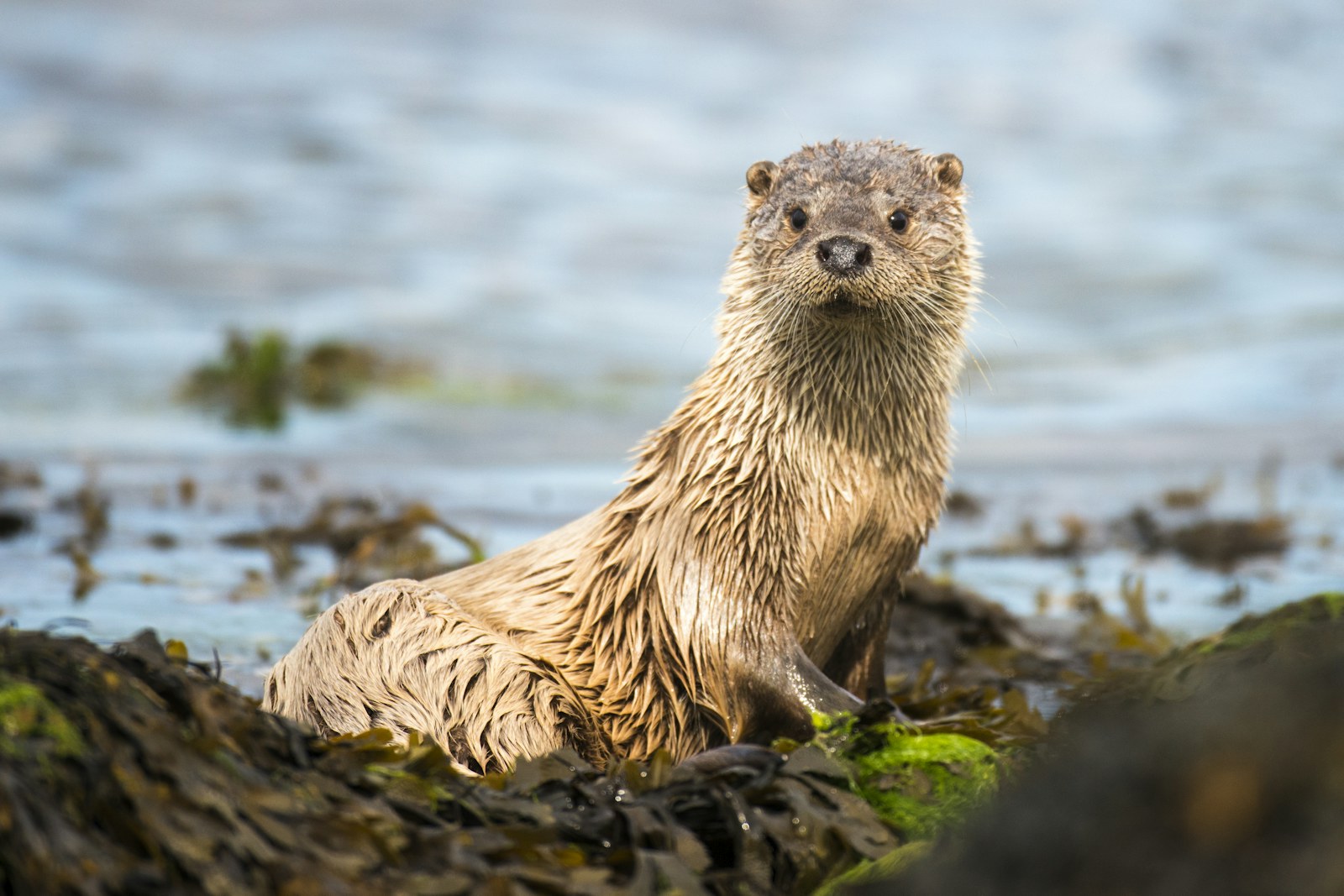
4. Rewilding can prevent flooding and wildfires
Rewilding can also help us deal with the effects of climate breakdown and increasingly extreme weather. Nature is a powerful tool in helping reduce flooding: by allowing more trees and scrub to grow on denuded hills, we can help slow the flow of water downstream.
Similarly, we can stop water from flowing so fast by ‘re-wiggling’ rivers (which slows the flow of water), and by reintroducing beavers. Beavers are amazing ecosystem engineers: they create ‘leaky dams’ across streams, so that during a flood more water is held back upstream, rather than sent rapidly into people’s front rooms.
Because rewilding aims to create ecosystems with a variety of native vegetation, wetland habitats, key species of wildlife, and healthy water-retaining soils, it reduces the likelihood of wildfires. In Britain, wildfires are often worse within damaged peatlands and moorlands, intensively grazed grasslands and conifer plantations, which create drier conditions than occur naturally.
5. Rewilding helps wildlife adapt to climate change
Lastly, it’s vital we do more to help wildlife survive the changes that the climate crisis is ushering in.
Rewilding key areas and connecting them up through a mosaic of nature-rich habitats will allow wildlife to move, and habitats to adapt, as climate zones shift north. This has the potential to save a significant number of species from climate-driven decline or extinction.
For more on how rewilding helps us adapt to climate change, read our Adapting to climate heating report.

Explore our Rewilding Manifesto
Learn more
Our vision
We have big ambitions. Find out what we’ve set out to achieve through rewilding.
Our vision
